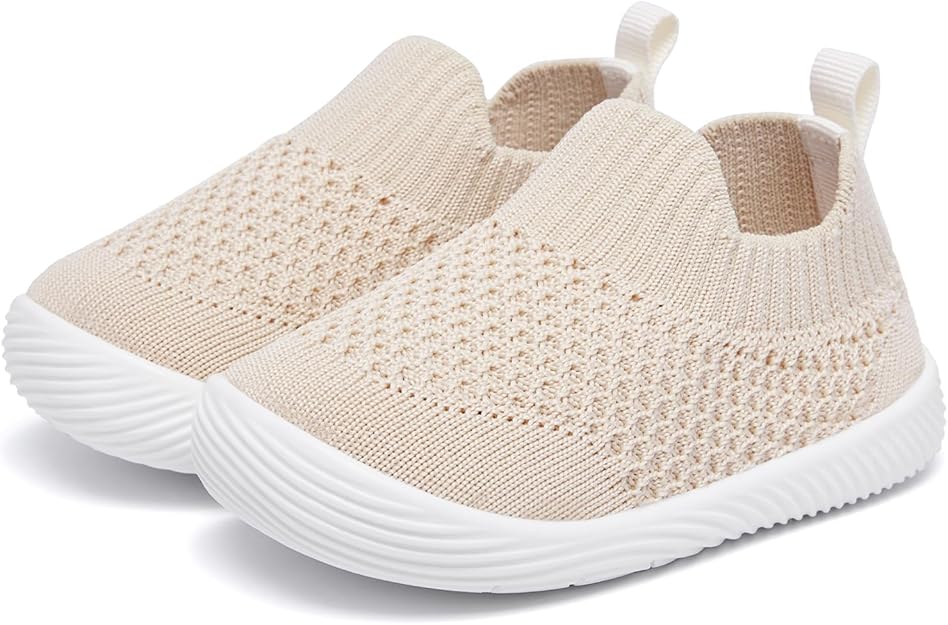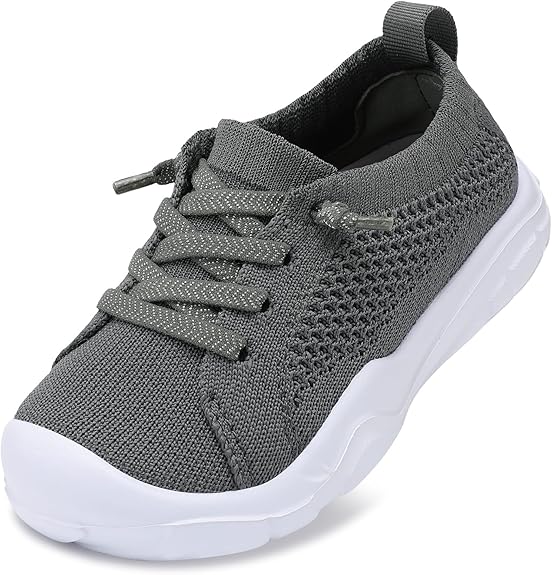Baby Shoe Size Chart
Foot Length:
Looking for the perfect fit? Check out these Best-Selling Baby Shoe.






The Ultimate Guide to Baby Shoe Size Chart – Everything You Need to Know
When it comes to babies and toddlers, one of the most important decisions parents make is choosing the right pair of shoes. The correct size not only ensures comfort but also supports proper foot development. However, figuring out the perfect baby shoe size can be tricky, especially since babies grow so fast and their feet are constantly changing. This comprehensive guide aims to help you navigate through baby shoe sizes, with a focus on understanding how they work, how to measure your baby’s feet, and how to choose the right pair of shoes for your little one.
1. Understanding Baby Shoe Sizes
Baby shoe sizes vary across different countries, and brands often have their own sizing standards. Most shoe sizes are based on foot length (in inches or centimeters) or age. However, keep in mind that age-based sizing can sometimes be misleading, as babies grow at different rates. For this reason, foot measurements are the most reliable way to determine the best shoe size for your baby.
In general, baby shoes come in three main categories:
- Pre-walkers: These shoes are designed for babies who are still crawling or taking their first steps. They are lightweight, flexible, and have soft soles.
- First walkers: As your baby begins to walk, they will need shoes that offer more support and stability while allowing for natural movement.
- Toddler shoes: These shoes are for toddlers who are walking confidently and need more durability and protection from the ground.
Each category comes with its own sizing, so understanding the differences is key.
2. How to Measure Your Baby’s Feet
Before purchasing any shoes, it’s important to measure your baby’s feet accurately. This can be done at home or at a shoe store, but doing it yourself is an easy and efficient way to ensure proper sizing.
Here’s a step-by-step guide on how to measure your baby’s feet:
What You Need:
- A piece of paper
- A pencil
- A ruler or measuring tape
- A flat surface
Steps to Measure:
- Place the Paper on a Flat Surface: Lay a sheet of paper on the floor against a wall, ensuring the paper is aligned straight and the edges are flush with the wall.
- Stand Your Baby on the Paper: Gently place your baby’s foot on the paper, ensuring that their heel is touching the wall. If your baby is still crawling, you may need to have them sit or lie down while you measure.
- Trace the Foot: Use a pencil to trace around your baby’s foot, keeping the pencil perpendicular to the paper. Make sure to trace both the length and width of the foot.
- Measure the Length and Width: Use a ruler or measuring tape to measure the distance from the heel to the longest toe. You’ll also want to measure the width of the foot at its widest point, typically across the ball of the foot.
- Compare Measurements to a Size Chart: Once you have the foot measurements, refer to a baby shoe size chart to determine the corresponding shoe size. If the measurement falls between two sizes, it’s typically recommended to opt for the larger size for comfort and room to grow.
3. Baby Shoe Size Chart
Here’s a general baby shoe size chart based on foot length. Remember, this is just a guideline. It’s always best to try on shoes and check for a good fit.
| US Size | UK Size | Europe Size | Foot Length (inches) | Foot Length (cm) | Age |
|---|---|---|---|---|---|
| 0 (Newborn) | 0 | 16 | 3 1/4″ | 8.3 cm | 0-3 months |
| 1 | 0.5 | 17 | 3 1/2″ | 8.9 cm | 3-6 months |
| 2 | 1 | 18 | 3 5/8″ | 9.2 cm | 6-9 months |
| 3 | 2 | 19 | 3 3/4″ | 9.5 cm | 9-12 months |
| 4 | 3 | 20 | 4 1/8″ | 10.5 cm | 12-18 months |
| 5 | 4 | 21 | 4 1/4″ | 10.8 cm | 18-24 months |
| 6 | 5 | 22 | 4 1/2″ | 11.4 cm | 24-30 months |
| 7 | 6 | 23 | 4 3/4″ | 12.1 cm | 30-36 months |
| 8 | 7 | 24 | 5″ | 12.7 cm | 36-42 months |
4. Signs Your Baby Needs New Shoes
Babies’ feet grow rapidly, so it’s important to regularly check if their shoes still fit. Ill-fitting shoes can cause discomfort, blisters, or even affect their walking and foot development. Here are some signs your baby may need new shoes:
- Visible Tightness: If the shoes leave marks on your baby’s feet or look tight, it’s a sign they’ve outgrown them.
- Walking Problems: If your baby starts tripping or walking unevenly, it may be because their shoes no longer fit properly or are too tight.
- Frequent Fussiness: Babies are very sensitive, and if they’re constantly fussy when wearing shoes, it may indicate discomfort from tight or ill-fitting footwear.
5. Tips for Choosing the Right Baby Shoes
Choosing the right shoes for your baby is crucial for their comfort, health, and development. Here are some tips to keep in mind when shopping for baby shoes:
a. Look for Flexible Soles
For newborns and babies who are not yet walking, look for shoes with soft, flexible soles that allow for natural foot movement. Soft soles mimic the feeling of barefoot walking, which is beneficial for babies as they develop strength and coordination in their feet.
b. Choose Breathable Materials
Since babies’ feet can sweat a lot, choose shoes made from breathable materials such as cotton or leather to keep your baby’s feet dry and comfortable. Avoid shoes made from synthetic materials that may trap moisture and cause discomfort.
c. Consider Adjustable Closures
Shoes with Velcro straps or adjustable buckles make it easier to put on and take off shoes while also ensuring a snug fit. Adjustable closures are also great for babies with wider or narrower feet.
d. Provide Room to Grow
Shoes should have a little extra room in the toe area to allow for growth. A good rule of thumb is to leave about half an inch (1.2 cm) of space between the end of the toes and the shoe’s toe box.
e. Avoid Heavy or Rigid Shoes
Shoes that are too heavy or rigid can restrict foot movement and hinder your baby’s natural walking development. When shopping for baby shoes, make sure they’re lightweight and flexible.
f. Check the Fit Regularly
Since babies grow so quickly, it’s essential to check their shoe size frequently. Measure their feet every couple of months to ensure their shoes still fit comfortably.
6. When to Start Wearing Shoes
It’s important to know when your baby actually needs shoes. Babies don’t need shoes until they start walking regularly. Until then, socks or soft baby booties are more than enough to keep their feet warm and protected. Once they begin to walk, it’s time to invest in shoes that will provide the necessary support.
Conclusion
Choosing the right baby shoes is an important step in ensuring your little one’s foot health and development. Always prioritize comfort and fit over style, and remember that babies grow quickly. Measure their feet regularly and choose shoes that are flexible, breathable, and provide plenty of room for growth.
By following these guidelines and using the baby shoe size chart, you can confidently select the perfect pair of shoes for your baby, supporting their mobility and overall well-being as they take their first steps into the world.
